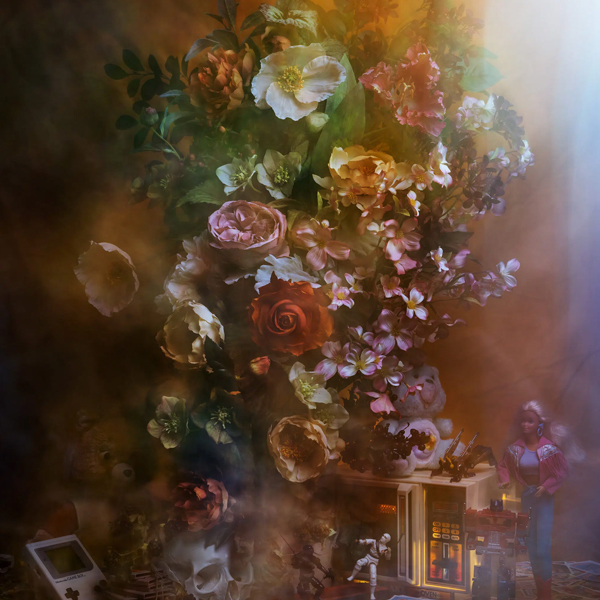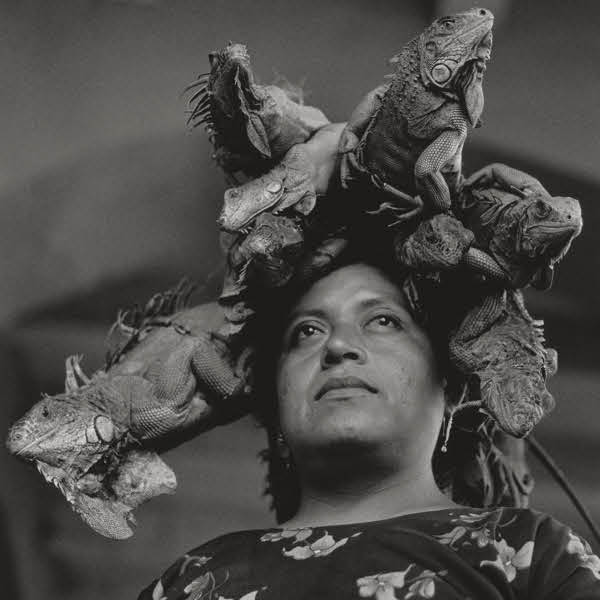
Photo: National Anthropological Archives, Smithsonian Institute
In the early age of photography, portraits of people were few and far between, but they had one thing in common: serious faces. Nowadays, you’d expect to see an emotionless face in these old-timey photographs, which is why the recent discovery of an image of a young woman smiling from nearly 130 years ago is really unusual and utterly fascinating. The photograph taken in 1894, which features a Native American girl named O-0-dee of the Kiowa people, was found at an auction in 2019 and is now protected by the Smithsonian Institute. Since its discovery in the George W. Brentz collection, O-o-dee’s bright smile has captivated people around the world via social media. One Redditor comments, “Wow. What a smile can do. Suddenly it looks like this photo was taken a lot more recently.” Another says, “Very cool picture. I think this is the first old picture I’ve seen of someone smiling.”
So why is it that most photos from this era feature straight-faced people? There are many theories as to why people’s faces appear stern and dour in these historic photographs. While the long exposure times for capturing historic photographs did make smiling impractical—imagine holding a smile for more than thirty seconds—it's not the only reason that our great-grandparents kept their faces neutral. In the late 19th century, the photographic arts took inspiration from portrait painting, so when people sat for photographs they emulated the resolute faces of the portraits they saw.
O-o-dee’s portrait differs from this tradition, and she points a bright smile at the viewer. Her traditional buckskin dress decorated with elk bone honors her indigenous roots, and displays the craftsmanship of the Kiowa tribe. Her smile is truly effervescent. At a quick glance, her portrait would look right at home on any family’s mantle. What makes this photograph even more special is that it documents a person from a group whose stories have long been lost to the historical record. Indigenous women continue to be woefully underrepresented in the historical narrative, and they often have their voices drowned out by those of the more powerful communities around them. Through O-o-dee’s smiling face, we get to see a glimpse into the lives of a group of people who have had so much taken away from them, and yet have continued to persevere.
h/t: [PetaPixel]
All images via the National Anthropological Archives at the Smithsonian Institute
Related Links:
18 Famous First Photographs in History: From the Oldest Photo Ever to the World’s First Instagram
Tintype Photography: The Vintage Photo Technique That’s Making a Comeback
Colorized Photos Reveal the Historic Moment King Tut’s Tomb Was Discovered






















































































